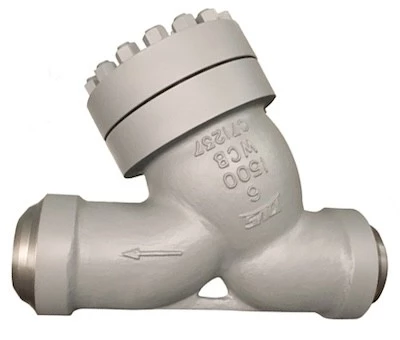
Inlets of Fluids
The Y strainer is installed in a pipeline, typically in a horizontal position. Fluid flows into the strainer through the inlet.
Y-Shaped Screen
The strainer is in the shape of a Y, with a screen or mesh inside the Y-shaped chamber. This screen is designed to capture and retain solid particles.
Filtration Process
As the fluid flows through the Y strainer, the Y-shaped screen captures particles suspended in the fluid. The mesh size of the screen can vary, allowing the strainer to filter particles of different sizes.
Accumulation of Debris
The captured debris, such as dirt, sand, or other solid particles, accumulates on the inner surface of the screen. This prevents the debris from continuing downstream in the pipeline.
Maintenance and Cleaning
Over time, the Y strainer will accumulate debris, reducing its effectiveness. Periodically, the strainer needs to be shut down, and the cover or cap is removed to access the screen. The accumulated debris is then cleaned or flushed.
Protecting Downstream Equipment
Y strainers are often installed before sensitive equipment, such as pumps, valves, or meters, to protect them from damage caused by solid particles. By removing contaminants, Y strainers help maintain the efficiency and long service life of downstream components.
Variations in Design
Y strainers come in various materials, sizes, and designs to suit different applications. Some may have a blowdown valve at the bottom to facilitate the cleaning process without the need to disassemble the entire strainer.
In summary, Y strainers work by utilizing a Y-shaped chamber with a mesh screen to filter solid particles from fluid flow. They play a crucial role in maintaining the integrity of pipelines and protecting downstream equipment from damage caused by contaminants. Regular maintenance is essential to ensure the continued effectiveness of Y strainers.
